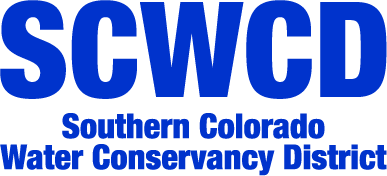What is an Augmentation Plan?
The concept of augmentation goes back to the Water Rights Determination and Administration Act of 1969. That year, the Colorado Legislature required (for the first time) that tributary groundwater irrigators (those who pump from shallow aquifers) must reduce pumping and/or acquire senior water rights to offset out-of-priority groundwater depletions.
What is an augmentation plan?
An augmentation plan is a legal document approved by the local water court in Colorado which determines the impacts of groundwater pumping to a nearby stream or aquifer – in our case the Rio Grande River and its unconfined aquifer. These groundwater “depletions” caused by well pumping must be replaced (or augmented) by other sources of senior surface water, reservoir water, or return flows (or “accretions”) from recharged water, or through a reduction of irrigated acres.
Accretions (augmentation water sources) must be replaced to the Rio Grande River at the same time and location as well pumping depletions occur to the river. It is an elaborate accounting process which involves extensive legal and engineering analysis, negotiation with objectors in the water court case, and eventual issuance of a “decree” by the water court judge. This court decree must be followed by well owners or they will be forced to cease pumping groundwater.
Often, the result of a water court decree involves the dry up (no more irrigation) of thousands of acres of productive farmland. The economic impacts can be significant due to the loss of crops and reduced land values. On the positive side, requiring groundwater pumpers to be sustainable will prolong the useful life of an aquifer, and in the Rio Grande River Basin, will help prevent injury to the downstream states of New Mexico and Texas under the Rio Grande River Compact of 1938.
